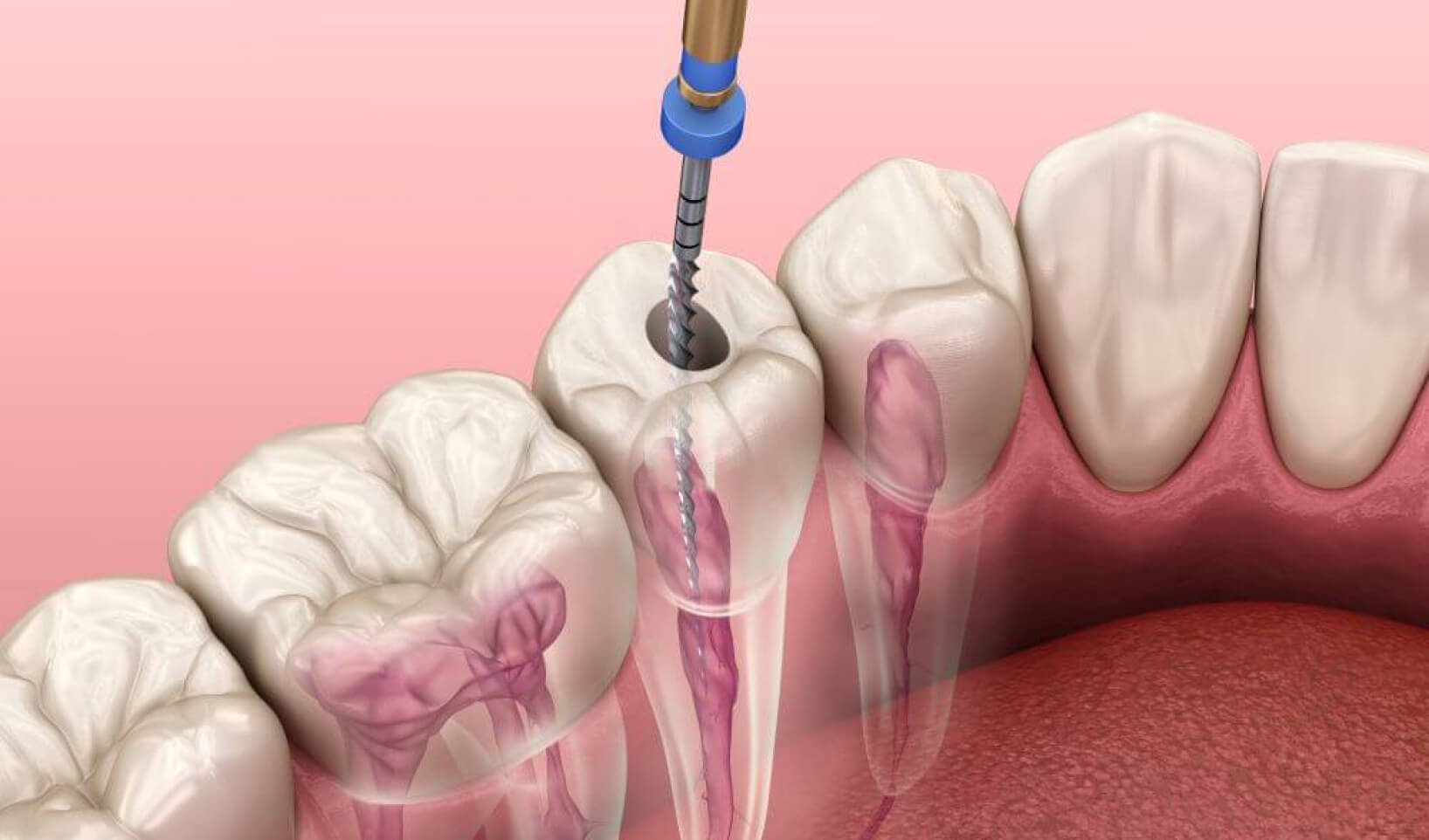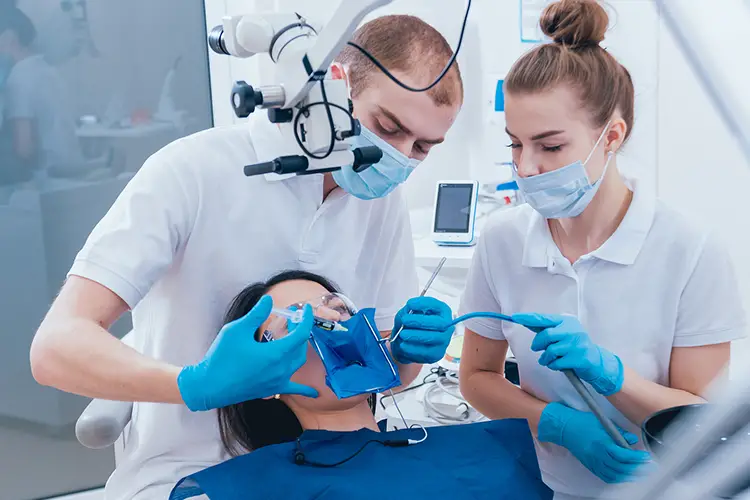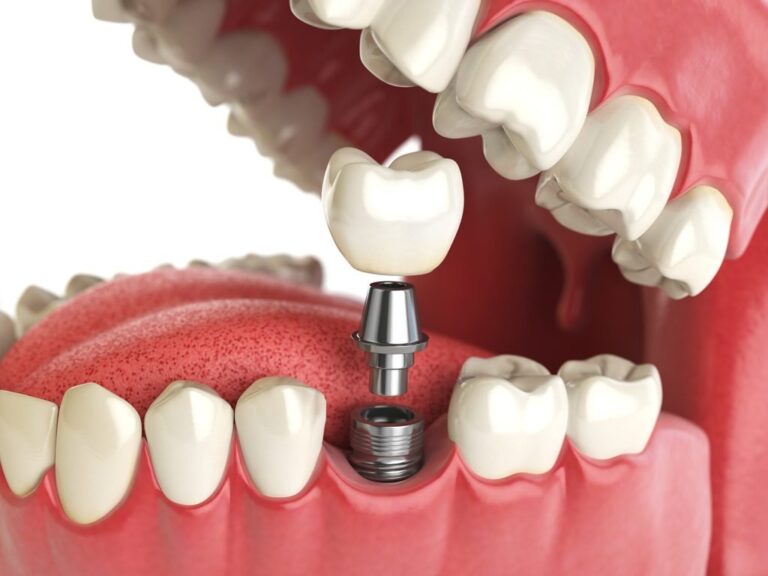4 Steps of Regenerative Endodontic Treatment

Regenerative endodontics is an advanced dental procedure that helps restore a damaged or infected tooth by promoting new tissue growth. In traditional root canal treatments, an endodontist removes the nerve and pulp, but regenerative procedures aim to revive the tooth’s natural structure. This method uses the body’s own healing processes to repair the tooth. Below are the main steps involved in regenerative endodontic treatment.
1. X-rays and Scans
The first step is to obtain a clear visual of the tooth and surrounding area. Digital X-rays or scans help to evaluate the tooth’s condition and identify potential issues such as infection or decay. This diagnostic step helps the endodontist locate both obvious and hidden damage.
During this process, the imaging also helps map out the treatment plan. Digital scans produce detailed images that help determine the extent of repair needed and whether regenerative endodontics is the right solution for the tooth. Endodontists use these diagnostics to guide later stages of the procedure.
2. Tooth Irrigation
Once diagnostics confirm the treatment plan, the tooth is prepared and cleaned. An opening is made in the affected tooth to remove bacteria and debris inside. Using this opening, the endodontist carefully removes any harmful material. Next, the inside of the tooth is cleaned thoroughly. The tooth is flushed to kill bacteria and remove debris. This process creates an ideal environment inside the tooth for the next step, which is regeneration.
3. Paste Application
After cleaning, the endodontist applies a special medication or biocompatible paste to the tooth’s canals. These materials help stimulate cell growth and promote tissue regeneration. They may use antibiotics or calcium hydroxide that activate the body’s natural healing process.
This material stays in the canal for several weeks to allow initial healing to take place. Once the paste is in place, they apply a temporary seal to close the tooth. This seal protects the cleaned area from external factors such as contaminants or trauma during the healing period.
4. Progress Check
After the paste has worked as intended, the endodontist checks the treated tooth for signs of healing and tissue growth. This involves visually inspecting the tooth. The primary goal is to verify that the tissue inside the tooth is regenerating and that inflammation or infection has been significantly reduced.
If the tooth shows good progress, the dentist proceeds to seal it permanently using a material or a custom crown. Based on how well the healing is progressing, additional steps may be necessary to strengthen the tooth. Careful observation during this stage helps determine the best course of action for long-term success.
Visit an Endodontist
Regenerative endodontic treatment is a precise procedure that involves multiple steps designed to restore damaged teeth. Each phase plays a role in promoting healing, removing infection, and preparing the tooth for tissue regeneration. If you experience issues such as persistent pain or injury to a tooth, scheduling an appointment with an experienced endodontist is a practical first step. An expert will thoroughly assess your situation and explain the most effective treatment options. Reach out to a local dental professional today to explore how regenerative endodontics might help restore your oral health.
- What to Expect When Visiting a Foot and Ankle Specialist
- Causes of PTSD
- The Link Between Plantar Fasciitis and Weight Gain: What You Need to Know
- How Pet Ownership Can Positively Impact Life with Fibromyalgia
- The Importance of Stretching and Flexibility in Sports Medicine
Dr. Emma Green is a health and wellness expert with over 10 years of experience in nutrition and fitness. Passionate about helping others live their healthiest lives, Dr. Green shares practical advice on wellness, nutrition, and sustainable living through LivingSpristine.






